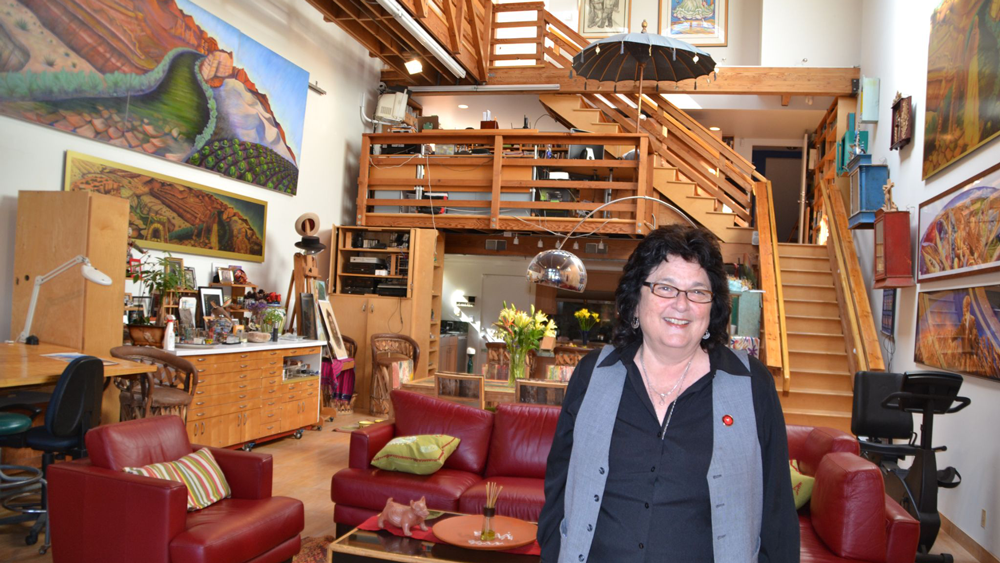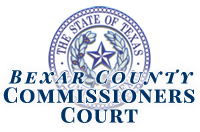Art lovers will not want to miss the Los Angeles
County Museum of Art (LACMA) solo exhibit “Painting in the River of Angels: Judy Baca and The Great Wall” [October 2023 to June 2, 2024]. Baca is one of America’s great visual artists and a Distinguished Studio Art Professor at UCLA. She is one of the founding architects of the Chicano mural movement in the United States and a prime mover in the inauguration of public art that speaks to the issues of social justice and equality.
Baca has always been a prodigious thinker and her larger-than-life art interest led her to propose a monumental mural project to the Army Corps of Engineers in 1975. The Army Corps had been considering beautifying the Los Angeles Tujunga Wash, and Baca’s idea of a half-mile-long mural on its concrete walls appealed to them.
The Tujunga Wash walls were built in the 1930s to protect the San Fernando Valley community from flash flooding from the Los Angeles River. With funding from the Army Corps, Baca enlisted 400 artists, teenagers, and community members to complete the mural project. Throughout five summers, 1976-1983, the mural team painted the unheralded story of minorities and marginalized people of California’s history on the walls of Tujunga Wash of the Los Angeles river bed. The story began in prehistoric times and ended in 1950.
The new Baca exhibit brings the Great Wall of Los Angeles to the LACMA’s expanded space on Wilshire Boulevard. During the museum’s public hours, Baca and SPARC artists will paint new sections of The Great Wall for visitors to see. LACMA curators, Dhyandra Lawson and Andy Song, note that the new paintings span the 1960s with the first panel depicting moments of the Chicano Movement including the Farmworkers’ Movement and the East L.A. Student Walkouts. The second panel features “vignettes of the Watts Rebellion, Watts Renaissance, and community organizing by the Black Panthers.” Baca and her assistants will paint the entire two panels in the museum. This is a rare treat for visitors interested in art and the process of making mural art. In
June, the panels will be transported to the Tujunga Wash for installation.
Baca was born in Central Los Angeles and as a young child moved to Pacoima in the San Fernando Valley not far from the Tujunga Wash. She earned two art degrees from California State University, Northridge. As a young artist, Baca gravitated toward large mural undertakings.
Baca’s art journey began in 1970 when she organized a small team of East Los Angeles teens to help paint a mural in Hollenbeck Park in the summer of 1970. It may not have occurred to her that she was quietly launching an
artistic revolution. The mural portraying her grandmother may well have been the earliest Chicano public art mural painted in America.
Over the next five years, Los Angeles became the Chicano mural capital of the United States following the completion of an extraordinary number of murals throughout the city. Hundreds of artists, most of whom called themselves Chicanos, engaged in creating public
art. Today Chicano murals are the most important cultural icons of Los Angeles’s Eastside community.
By the mid-1970s Baca had completed several large murals and had directed the execution of more than 400 murals as director of the Los Angeles Murals project. Her big break came when she founded the Social and Public Arts Resource Center (SPARC) and went to work on The Great Wall in 1975.
In determining the themes and images of The Great Wall, Baca consulted historians and community leaders.
In the mural’s initial phase, artists painted California’s history from the Indigenous period to the 1950s. Some of the panels, such as the depiction of the 1943 “Zoot Suit Riots,” stirred much controversy. In this panel the mural portrays U.S. servicemen attacking Mexican American “zoot suiters” who were mostly young hipsters dressed in gangster-style suits. These “zoot suiters” were stripped of their clothes and beaten by U.S. Navy and Marine servicemen while the police looked on approvingly.
In explaining what she hopes to accomplish with her
murals, Baca acknowledges an effort to reveal and reconcile “diverse peoples’ struggles for their rights and affirm the connections of each community.”
Several years ago my wife Harriett and I had the opportunity to visit the UCLA/SPARC Cesar Chavez Digital Mural lab in Venice, California. The SPARC offices and studios are located in a former jail building. SPARC teachers offer state-of-the-art digital art design classes and utilize technology to create billboard-size murals. The new technology has enabled artists working with SPARC to preserve mural images more effectively. Preservation is needed because the life of outdoor murals is relatively short, especially if they are painted on property that may change ownership. The murals may also be affected by vandalism and may experience fading from exposure to weather.
Baca has now been painting murals for nearly 50 years and described her passion as an effort “to produce artwork that has meaning beyond simple decorative values.” She also has a higher goal of using “public space to create a public voice and consciousness about the presence of people who are often the majority of the population but who may not be represented in any visual way.”
Art historians appreciate that while the murals may disappear, the images and their historical meaning and
purpose are being preserved in digital formats by SPARC staff and UCLA student art majors As a teacher, painter, and muralist, Judy Baca inspires many Latina and Latino
artists. Her murals present Latinos with important historical narratives and are a testament to their creativity, artistic talent, design, application of color, and community collaboration.
Since its founding in 1975, SPARC has been one of the leading Latino art programs in the United States. While remarkable in its accomplishments over four decades, art funding was never a certainty. This past year
SPARC received a five million dollar grant from the Andrew W Mellon Foundation to assure financial stability for its next project, the expansion of the Great Wall. The new funding will enable Baca and SPARC to include stories from the 196os to 2020 in the expansion of the Tujunga “Great Wall” mural.
Baca told Sam Levin, of the British-owned Guardian newspaper, that the 1960s section of the Great Wall will
feature a “generation on fire” fighting Jim Crow and Alabama firemen hosing protesters as well as
contemporary conflicts. Baca reminds us that murals can shape our understanding of history and “create sites of public memory when done with communities.” She added, “… that’s what I intend to keep doing as long as I’m standing here on earth.”
Baca’s drawings, designs, and archival material will be part of the George Lucas Museum scheduled to open in 2024. An important painting by Baca and her team can be seen at the Getty Art Museum in Santa Monica, California.
Judy Baca Paints at the Los Angeles County Museum of Art












